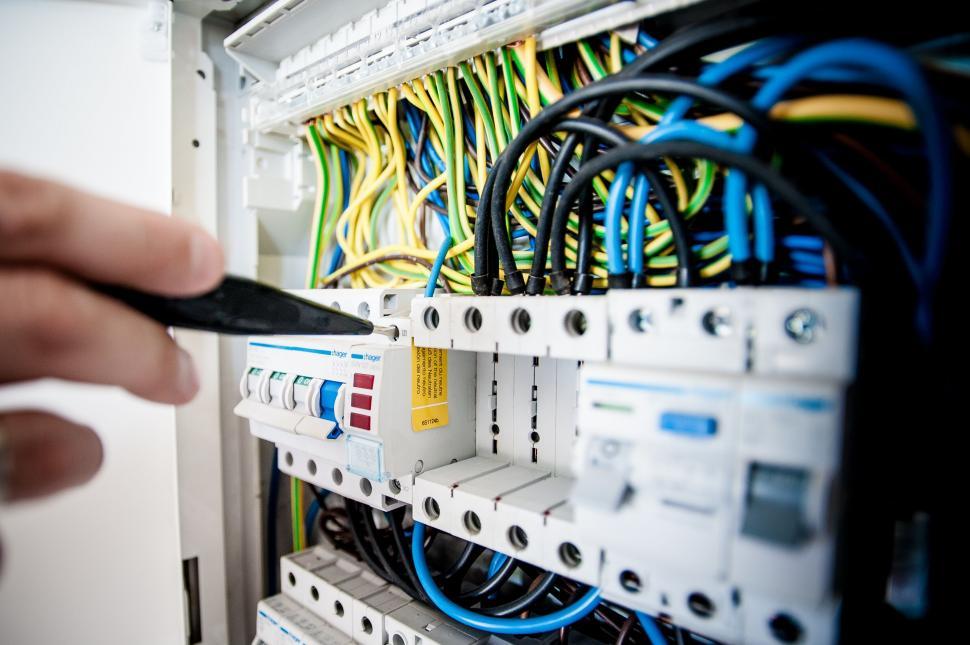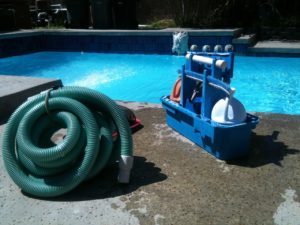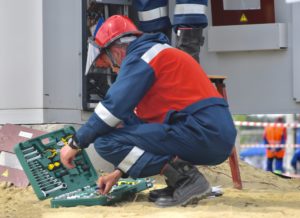When it comes to powering your home or business, understanding the fundamentals of an electric board connection is essential. An electric board is the central hub that connects all your electrical circuits, distributing power where it’s needed most. This guide will walk you through the importance of electric board connections, the different types of connections available, and tips for keeping your setup safe and efficient.

Table of Contents
What is an Electric Board Connection?
An electric board connection, often known as an electrical panel or breaker box, is the system that links your electrical supply to your internal wiring. It’s the crucial intermediary that takes electricity from your power source and ensures it is distributed evenly to various parts of your property. Essentially, it helps maintain a balance between the power supply and demand, protecting your appliances and home from overloads.
Components of an Electric Board
- Main Breaker: The main breaker controls the electricity supply to the entire board. It’s typically used to turn off power during maintenance or emergencies.
- Circuit Breakers: These smaller switches manage electricity flow to individual circuits around your home or building. They protect wiring from excessive current that could cause fires or damage.
- Bus Bars: Bus bars distribute power to individual circuit breakers, ensuring the even flow of electricity.
- Grounding Wires: These wires ensure safety by redirecting excess electrical energy to the ground, preventing shocks and accidents.
Types of Electric Board Connections
Understanding the different types of electric board connections can help you decide which setup is most appropriate for your needs. The main types include:
- Single-Phase Connection: Most residential homes use a single-phase connection, which is ideal for typical household appliances and lighting.
- Three-Phase Connection: This type is commonly used in commercial or industrial setups that require more power, such as heavy machinery or HVAC systems. Three-phase connections provide more consistent power flow and efficiency for large loads.
How to Set Up a Safe Electric Board Connection
When it comes to electric board installation or updates, safety is the number one priority. Here are a few tips to ensure your electric board connection is safe and reliable:
- Hire a Licensed Electrician: Installing or modifying an electric board connection should never be attempted without professional help. A licensed electrician has the knowledge and tools to ensure the installation is done correctly, adhering to safety standards.
- Use Quality Materials: Always opt for high-quality circuit breakers, wires, and other components. Inferior materials can lead to dangerous issues like short circuits or fires.
- Regular Inspections: It’s important to schedule regular inspections of your electric board connection. Over time, wiring can degrade, and components can wear out. An inspection helps to identify any problems before they become safety hazards.
- Avoid Overloading: Adding too many devices to a single circuit can lead to overloads. Ensure that your electric board has enough circuit breakers for each dedicated area, and avoid daisy-chaining power strips.
Common Problems with Electric Board Connections
Even well-maintained electric boards can encounter issues over time. Here are some common problems you may face:
- Tripped Circuit Breakers: Circuit breakers often trip due to an overload or a short circuit. If this happens frequently, it’s a sign that something needs attention—you may have a faulty appliance or too many devices on one circuit.
- Flickering Lights: This may indicate loose connections, voltage fluctuations, or an issue with the electric board itself.
- Burning Smell: A burning odor near the electric board is a serious warning sign of overheating or a loose connection. In such cases, immediately cut off power and contact an electrician.
Modern Solutions for Electric Board Connection
Technology has evolved, and now electric boards can be upgraded to smart panels that allow remote monitoring and control. Smart electric board connections offer several advantages:
- Energy Monitoring: Track your electricity consumption in real-time, helping you identify areas to save on energy costs.
- Remote Access: Control and diagnose circuit breakers remotely, making it easier to manage your home’s power usage.
- Early Warning Systems: Smart panels can alert you to problems like surges, overloads, or temperature increases, which helps prevent accidents before they happen.
Conclusion: Safety First with Electric Board Connections
Whether you’re a homeowner or a business owner, the electric board connection plays a vital role in keeping everything running smoothly. Understanding the basics, knowing when to call a professional, and keeping up with maintenance are key to avoiding costly problems and ensuring a safe power supply. Investing in the right materials and skilled electricians will not only provide peace of mind but also help protect your property and loved ones.
If you’re planning an upgrade or suspect an issue with your electric board connection, don’t hesitate to consult a professional electrician. Staying proactive and informed about your electric setup is the best way to ensure safety and efficiency.



